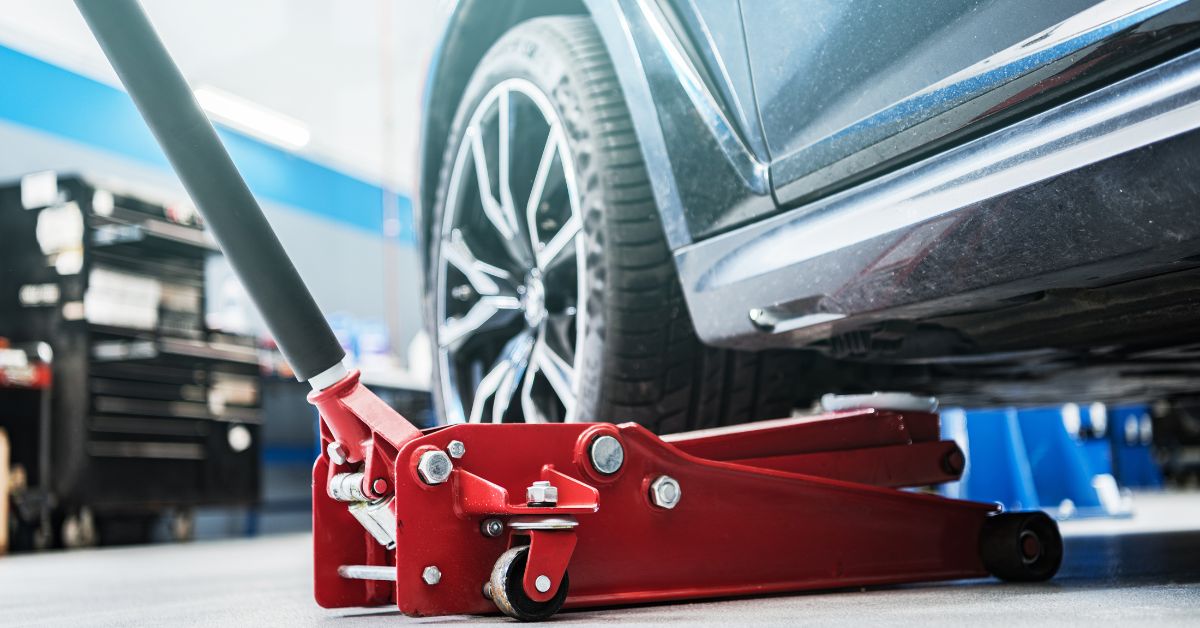As the cold, icy days of winter begin to fade and the warmer, wetter days of spring approach, it’s not just your wardrobe that needs an update—your vehicle does too. After enduring months of freezing temperatures, icy roads, salted streets, and snow buildup, your car or truck may need special attention to remain safe, efficient, and road-ready.
Proper seasonal maintenance is crucial to extending the life of your vehicle and protecting you and your passengers from avoidable risks. Here’s a comprehensive guide to pre-spring vehicle care, offering insights into essential maintenance tips that every driver should follow before hitting the roads this season.
Essential Spring Vehicle Maintenance Checklist
1. Top Off and Inspect All Vehicle Fluids
During the winter, your vehicle’s systems work overtime, and many fluids may deplete faster than usual. Before heading out on any springtime road trips or daily commutes, it’s essential to check and, if needed, replenish the following:
- Engine oil – Vital for lubricating your engine and reducing friction.
- Brake fluid – Ensures your braking system responds effectively.
- Power steering fluid – Helps maintain smooth steering control.
- Coolant/antifreeze – Keeps the engine from overheating as temperatures rise.
- Windshield washer fluid – Critical for visibility during spring showers, muddy roads, or leftover salt residue from winter.
If you’re unsure how to check these fluids yourself, don’t hesitate to visit a trusted auto mechanic. They can help top off fluids and identify early signs of leaks or corrosion before they lead to more serious problems.
2. Check and Adjust Tire Pressure
Fluctuating temperatures—especially the shift from cold to warm—can have a direct impact on your tire pressure. As a general rule, tire pressure drops about 1 PSI (pound per square inch) for every 10-degree drop in temperature, so chances are your tires are underinflated after winter.
Proper tire inflation is crucial for several reasons:
- Better fuel efficiency
- Improved tire performance and lifespan
- Reduced risk of blowouts
- Enhanced handling and traction—especially on wet spring roads
Driving with low tire pressure on slick or rain-soaked roads significantly increases the risk of hydroplaning, which can lead to serious accidents. Use a reliable, properly calibrated tire gauge to check your tire pressure, and inflate them to the manufacturer’s recommended PSI listed in your vehicle’s manual or on the driver-side door sticker.
While you’re at it, inspect your tire tread. Worn-out tires reduce traction, particularly dangerous in rainy weather. Consider rotating your tires or replacing them if the tread is too shallow.
3. Inspect Lights, Headlamps, and Wiring
With longer daylight hours ahead, it’s easy to overlook your car’s lighting system—but springtime weather can bring cloudy skies, heavy rains, and fog, all of which reduce visibility on the road.
Take time to:
- Test all headlights, brake lights, turn signals, and reverse lights.
- Ensure interior dashboard lights are functioning properly.
- Replace any burnt-out bulbs immediately.
Also, inspect the electrical wiring and connectors, especially those exposed to moisture and salt during winter. Poor connections or corroded wires can cause flickering lights or complete failure at the worst possible time.
Additionally, clean your headlights thoroughly. Dirt, salt, and grime buildup from winter can leave them cloudy or hazy, reducing nighttime visibility. Use a headlight restoration kit or have them professionally cleaned if needed.
4. Clean and Protect Your Vehicle’s Exterior and Undercarriage
Winter road salt and debris can wreak havoc on your vehicle’s paint and undercarriage, leading to rust, corrosion, and long-term damage. As spring arrives, treat your vehicle to a thorough wash—including the underbody. Follow up with a quality wax treatment to provide a protective layer against spring rain and dirt.
Don’t forget the interior, either. Vacuum out salt, mud, and sand that may have been tracked in over the winter months. Clean or replace air filters to ensure your car’s HVAC system is delivering clean air as temperatures rise.
Stay Safe—Even When Others Are Negligent
No matter how well you maintain your vehicle, the reality is that not everyone on the road takes the same precautions. Spring is a time when traffic increases, new drivers hit the roads, and weather conditions can be unpredictable. Unfortunately, negligent drivers remain one of the greatest threats to your safety.
If you or someone you love is injured in a motor vehicle accident this spring—due to another driver’s carelessness, reckless behavior, or failure to adapt to changing road conditions—you may be entitled to compensation. At Steele Adams Hosman, our experienced personal injury attorneys are here to help.
We’ll advocate on your behalf, handling insurance negotiations, gathering evidence, and pursuing fair compensation for:
- Medical expenses
- Lost income
- Pain and suffering
- Vehicle repairs or replacement
Contact Us Today for a Free Legal Consultation
You don’t have to go through the aftermath of an accident alone. Whether your injuries are minor or life-changing, our team will provide the legal support and personalized attention you need to move forward with confidence.
Call (801) 999-1506 or fill out this form to schedule a free consultation today. Let us help you protect your rights and secure the financial relief you deserve.




